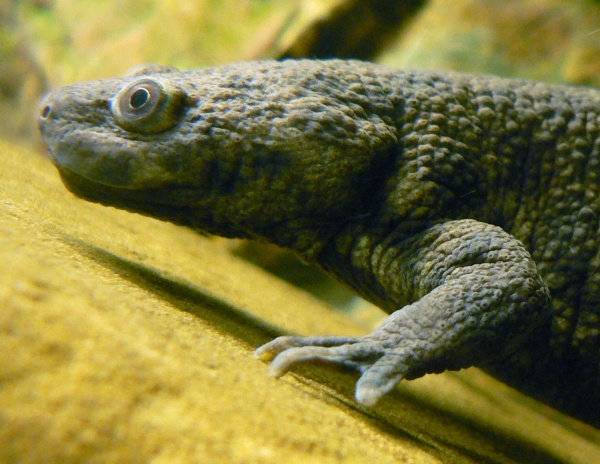Facts About Iberian ribbed newt
The Iberian ribbed newt, also known as the gallipato or Spanish ribbed newt, is a remarkable species native to the central and southern regions of the Iberian Peninsula and Morocco. Notably, it is the largest newt species in Europe, renowned for its unique defense mechanism: its sharp ribs can penetrate through its skin to deter predators.
One of the most astonishing features of this newt is its ability to regenerate lost body parts, a capability attributed to its highly effective immune system and collagen-coated ribs. In their natural habitat, these newts can grow up to 30 cm (about a foot) in length, although they typically reach around 20 cm (8 inches) in captivity. They predominantly inhabit cool, tranquil, and deep waters where they feed on insects, worms, and tadpoles.
Sex determination in Iberian ribbed newts is primarily influenced by sex chromosomes, but environmental factors such as temperature and hormones also play a role. Unfortunately, these newts face several conservation challenges. They are listed as Near Threatened by the IUCN due to threats including habitat loss, invasive species, pollution, and road mortality.
Curiously, Iberian ribbed newts have been sent on space missions owing to their unique reproductive capabilities and slow development. These missions have yielded valuable insights into the process of regeneration under microgravity conditions.
Scientists are particularly interested in this newt as a model organism for studying adult regeneration. They can regenerate lost limbs, injured heart tissue, brain cells, eye lenses, and even spinal cords. The sequencing of their genome represents a significant advancement in understanding the genetic foundations of their extraordinary regenerative abilities.

 Spain
Spain